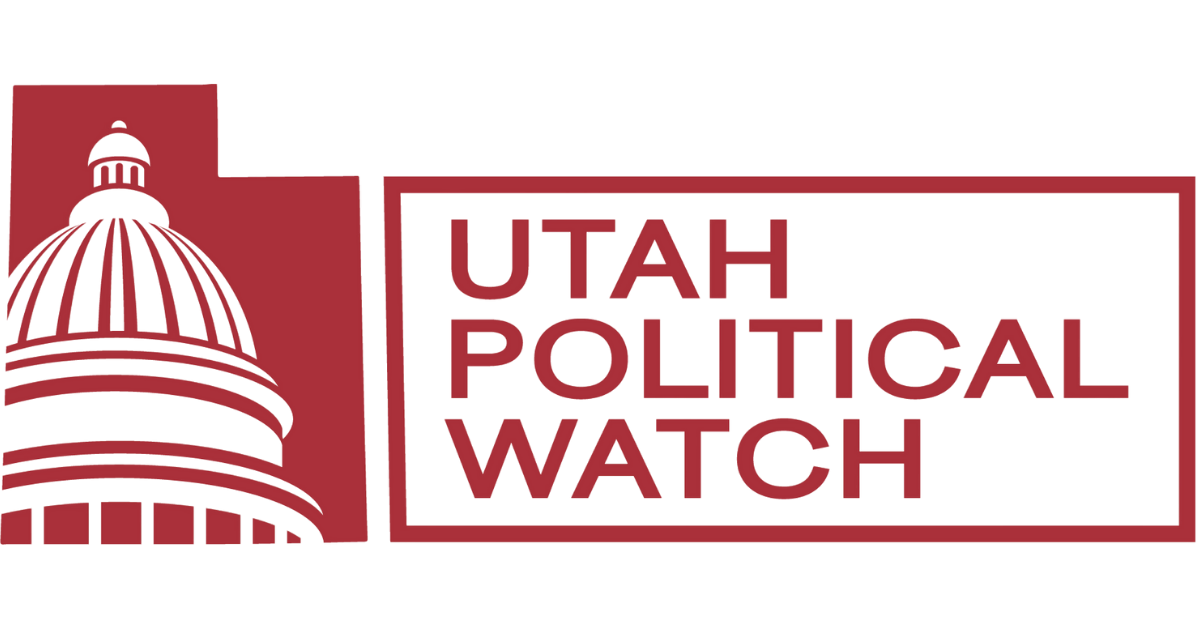Utah lawmakers could face tough budget decisions as income tax revenue is projected to fall $127 million below October estimates, potentially squeezing education funding even as they consider new tax cuts.
The revenue picture is mixed. While the state's General and Transportation Funds showed modest gains above October projections, the crucial income and corporate tax revenues—which can only fund education and some social services under Utah's Constitution—fell short of expectations.
The General Fund, which derives from sales and other taxes, saw a net increase of $15.1 million, with ongoing revenue up by $16 million despite a small decline in one-time funds. The Transportation Fund showed even stronger growth, with a combined increase of $21.7 million above October estimates.
However, the decline in income and corporate tax revenue presents a more significant challenge. These revenue sources, which fell $127 million below projections, are particularly crucial because they directly fund education under Utah's Constitution. The shortfall includes $54 million in ongoing revenue and $73 million in one-time funds.
Under Utah’s Constitution, corporate and income taxes can only fund public and higher education and some social services. The October revenue estimates projected $87 million of extra one-time money and $342 million of ongoing revenue available to spend. The new revenue numbers would drop those numbers to $14 million and $288 million.
Legislative leaders had already taken precautions against potential revenue shortfalls. Anticipating possible budget constraints, they set aside $112 million in "high risk" revenue—funds that would remain unallocated until their availability was confirmed. However, all of these “high risk” funds were one-time money rather than ongoing revenue.
Despite the lower than anticipated revenue numbers, legislative leaders aren’t taking more tax cuts off the table just yet. They have already earmarked $165 million for potential tax reductions, which could fund either a 0.1% cut to the state's income tax rate or Governor Spencer Cox's proposal to eliminate taxes on Social Security benefits—or possibly a combination of both.
In December, legislative leaders voted to boost the Weighted Pupil Unit (WPU) - how much the state spends per student - by 4% or $200 million. That increase, however, was mandatory because state statute requires lawmakers to cover any inflationary costs and enrollment growth.
That lower than anticipated income tax revenue will impact how much extra funding lawmakers can put toward public education. The Public Education Appropriations Subcommittee has recommended another 1% WPU increase, or about $42 million. They’ve also proposed adding $40 million to Utah’s private school voucher program, which would bring the amount of funding to more than $120 million annually.
Will you join other Utahns who've already stepped up to support this effort? Choose between a monthly subscription starting at just $5 or a one-time contribution that fits your budget.
Your investment helps maintain our independence, and dig deeper into the stories that matter to you.
Together, we can ensure Utah has the strong, independent journalism it deserves. Join us today in building a more informed, transparent, and democratic Utah.






